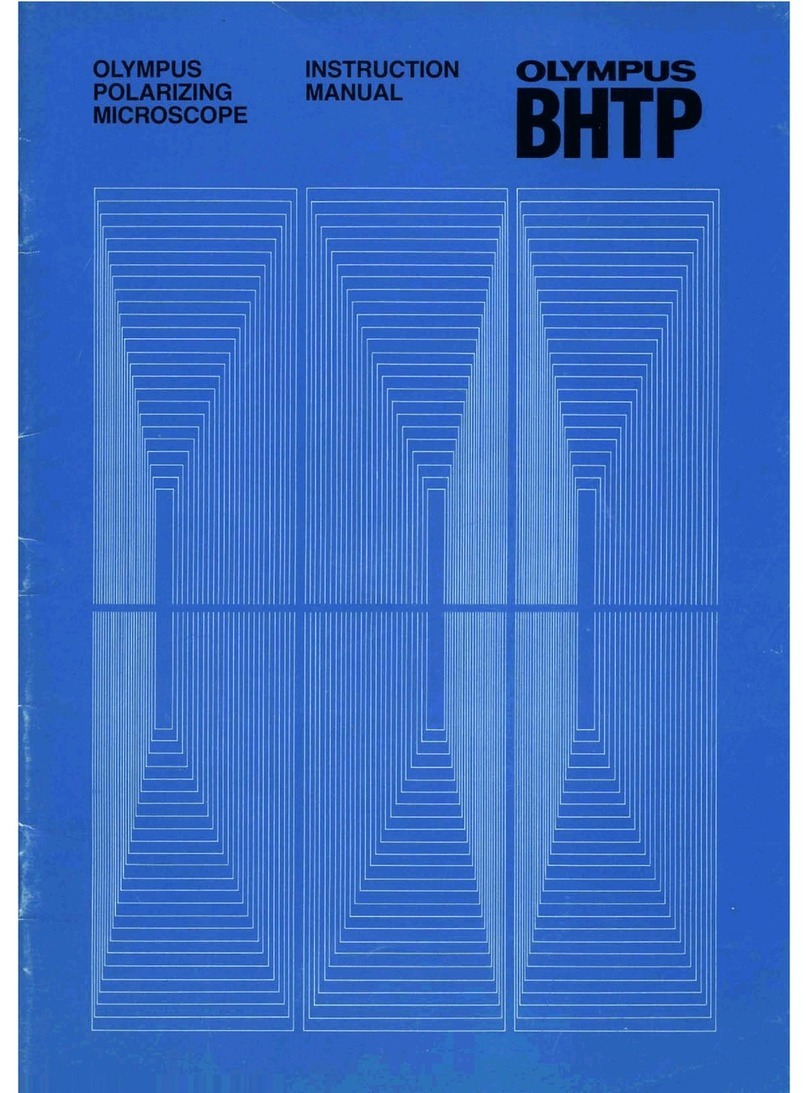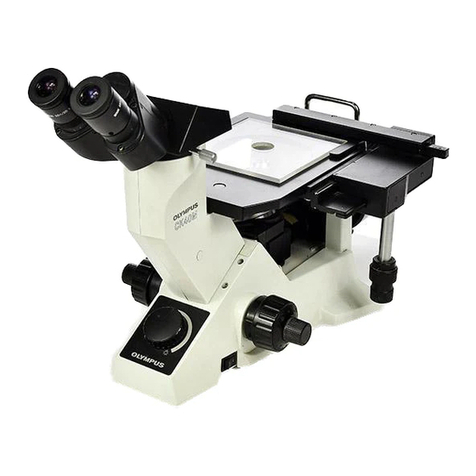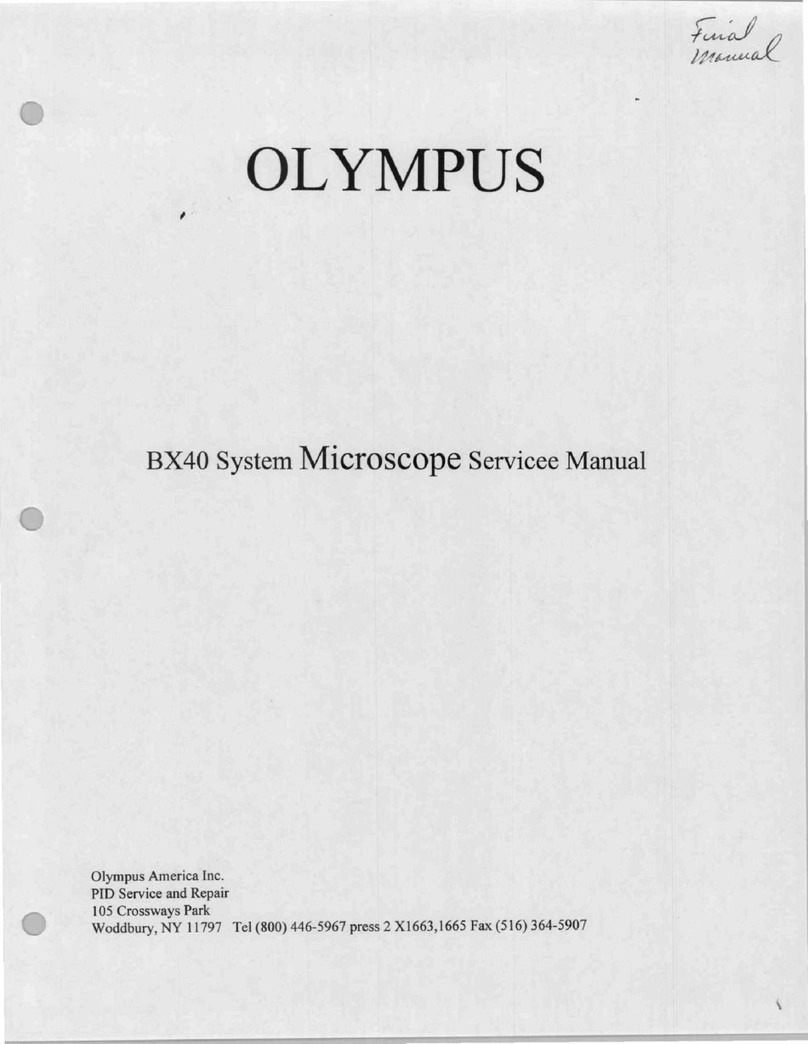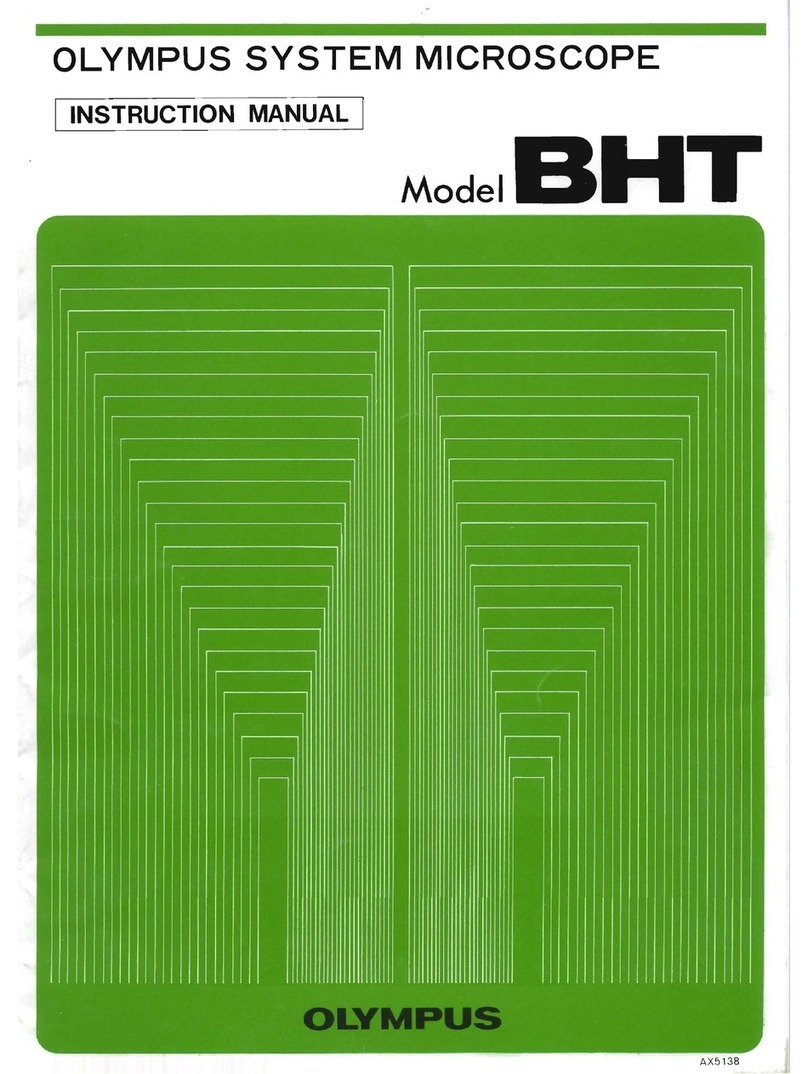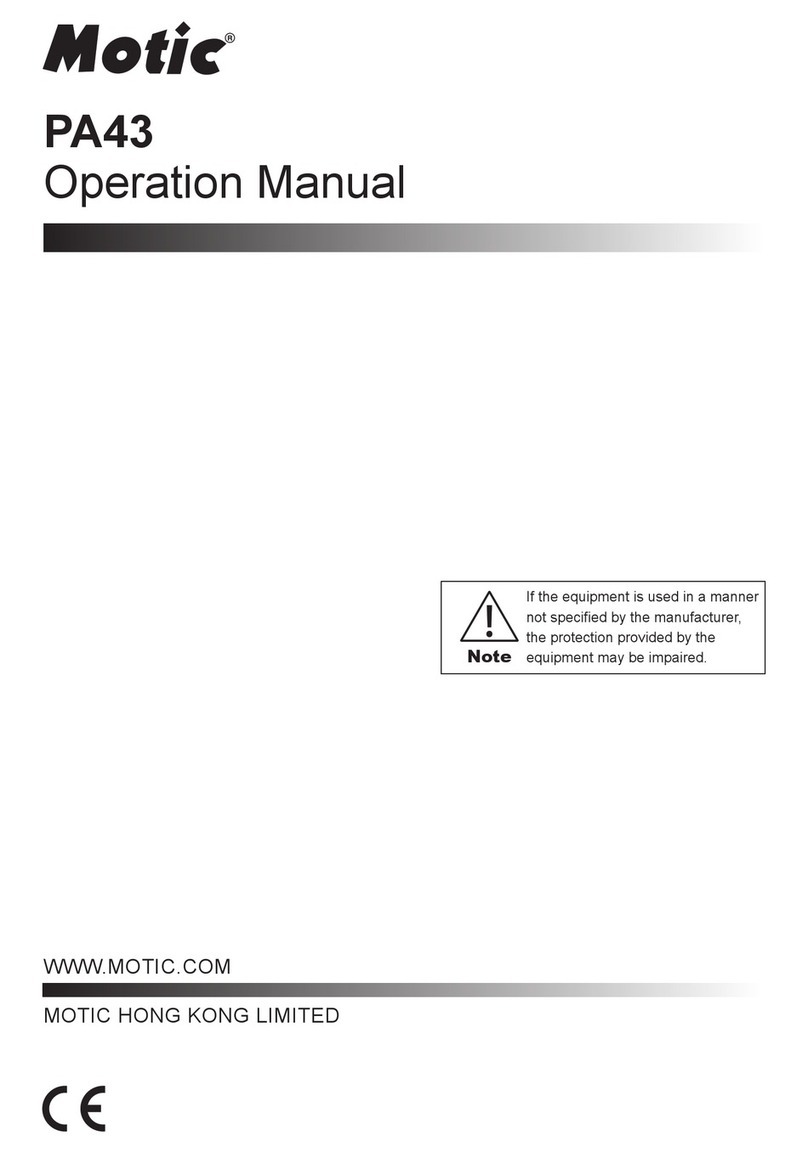Olympus BHSP User manual
Other Olympus Microscope manuals
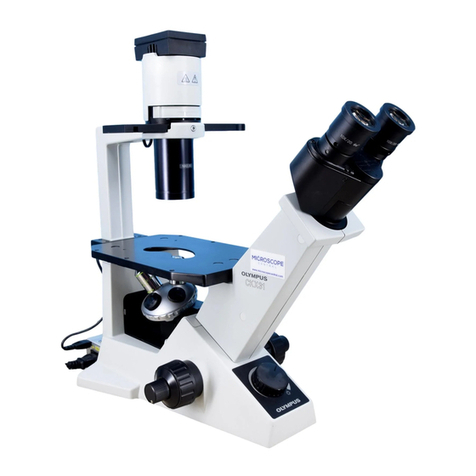
Olympus
Olympus CKX41 Installation guide
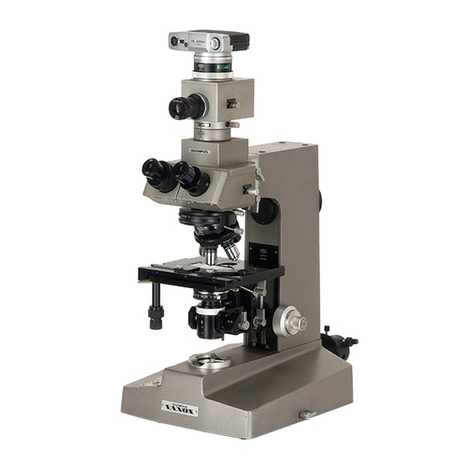
Olympus
Olympus VANOX User manual
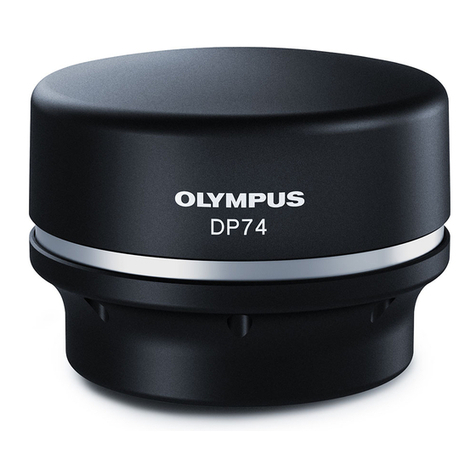
Olympus
Olympus DP74 User manual
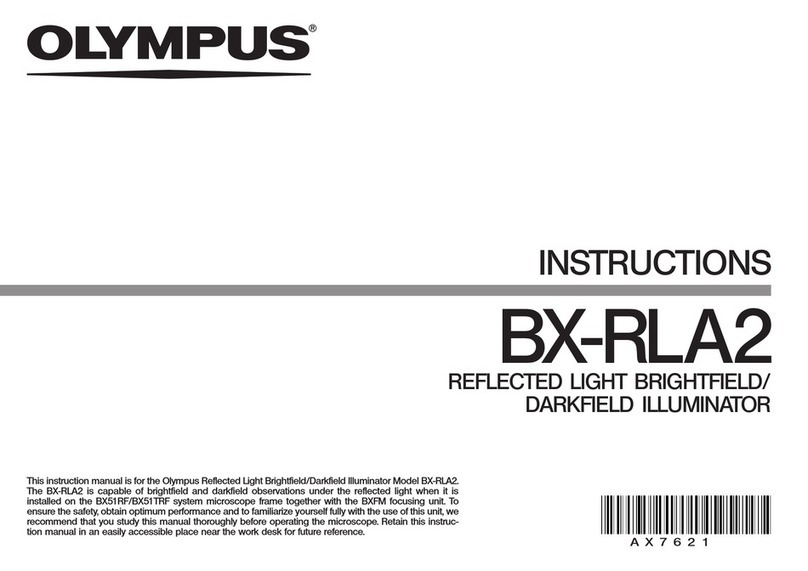
Olympus
Olympus BX-RLA2 User manual
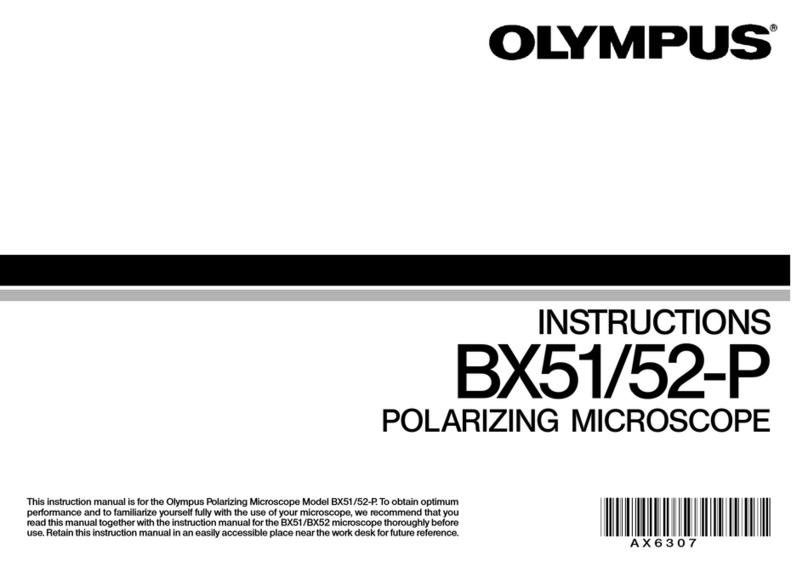
Olympus
Olympus BX51 User manual

Olympus
Olympus SZX16 User manual
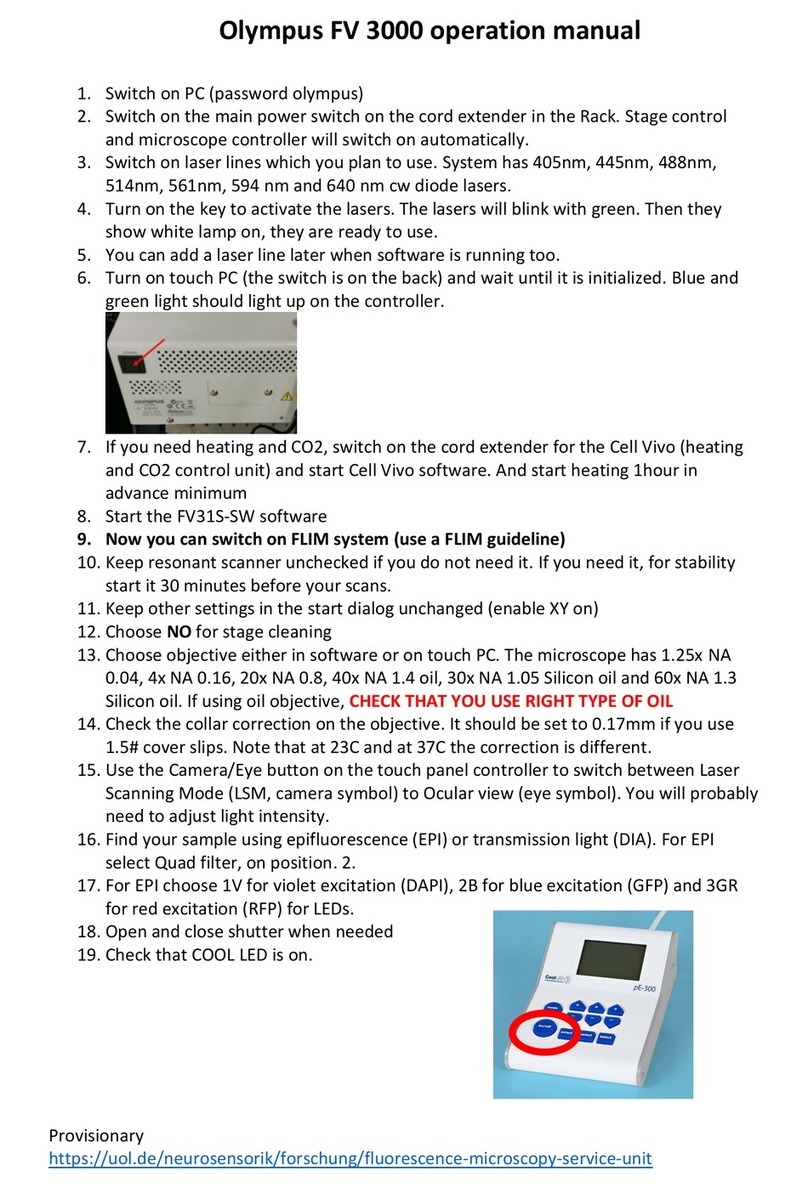
Olympus
Olympus FV3000 User manual
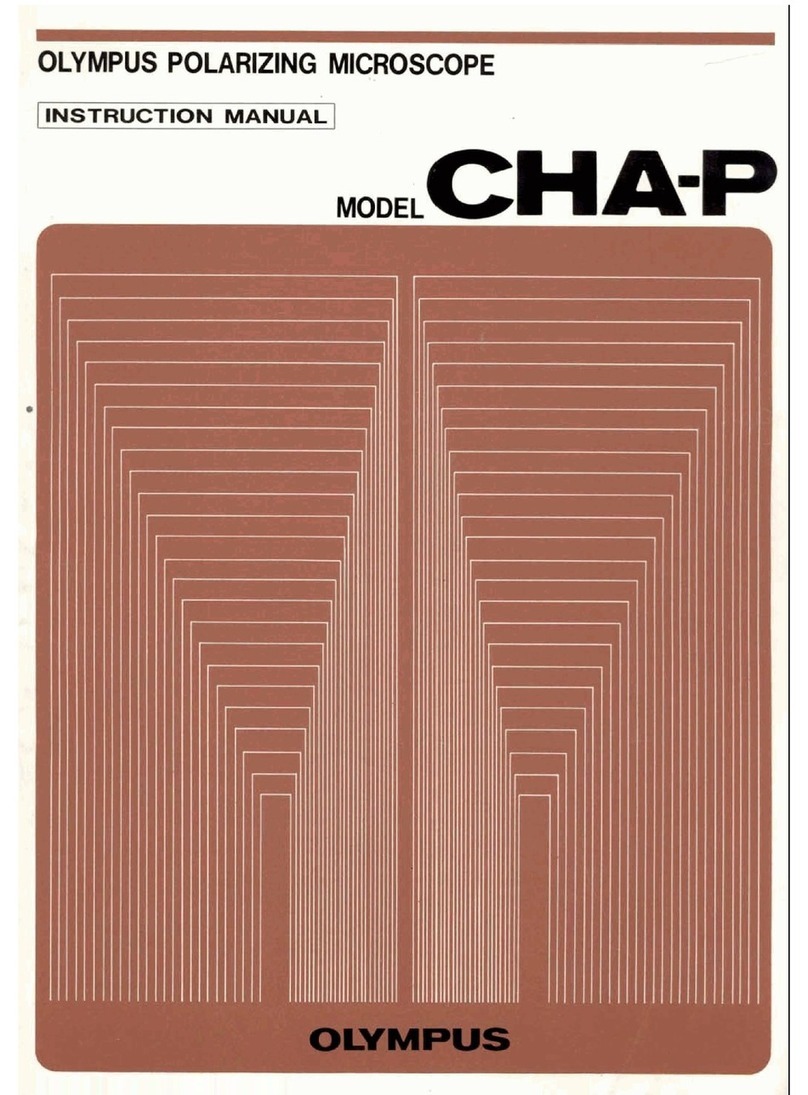
Olympus
Olympus CHA-P User manual
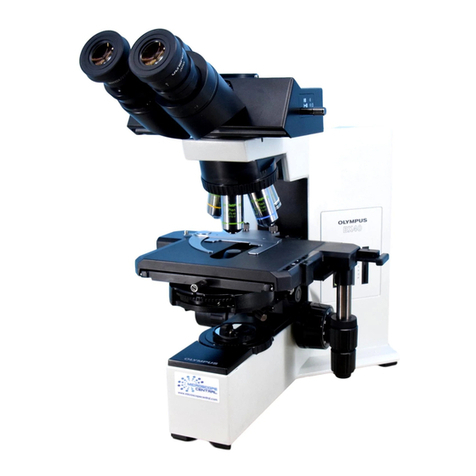
Olympus
Olympus bx40 User manual
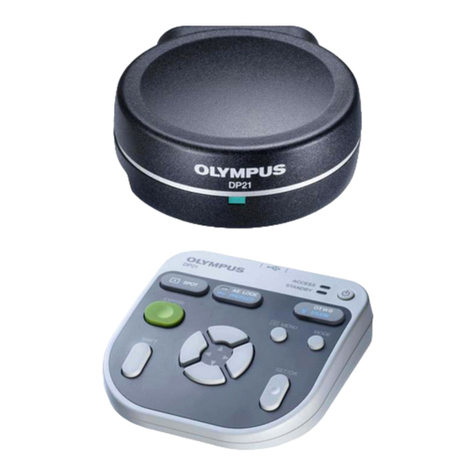
Olympus
Olympus DP21-SAL User guide
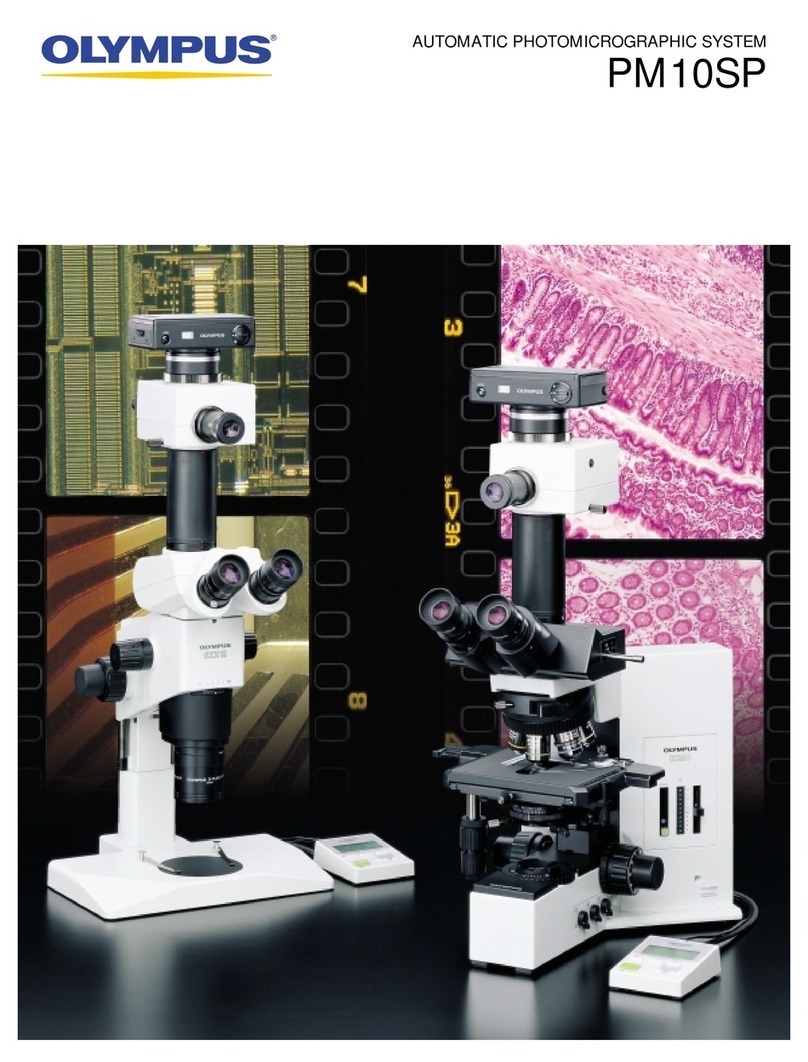
Olympus
Olympus PM10SP Installation guide
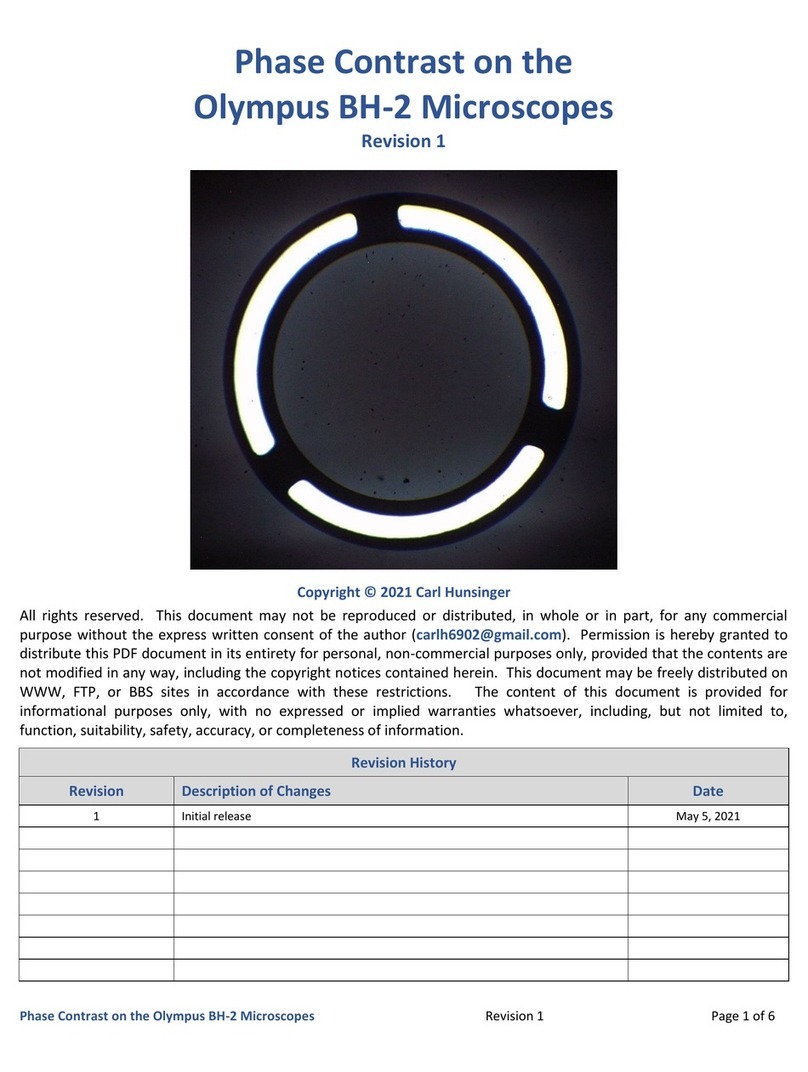
Olympus
Olympus BH2 Series User manual
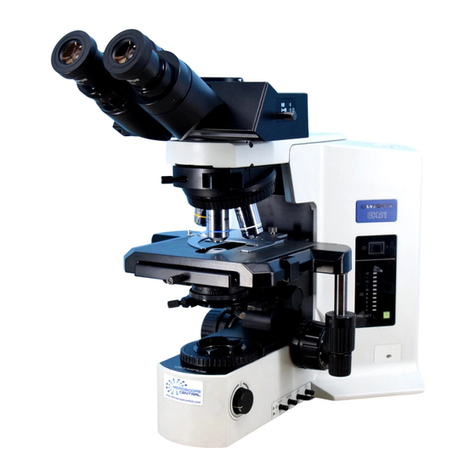
Olympus
Olympus BX51 User manual
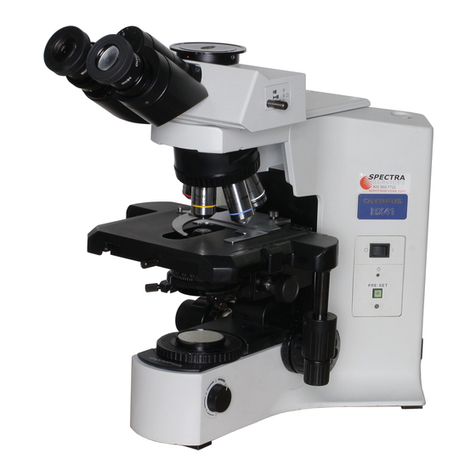
Olympus
Olympus BX41 User manual

Olympus
Olympus SZX9 User manual
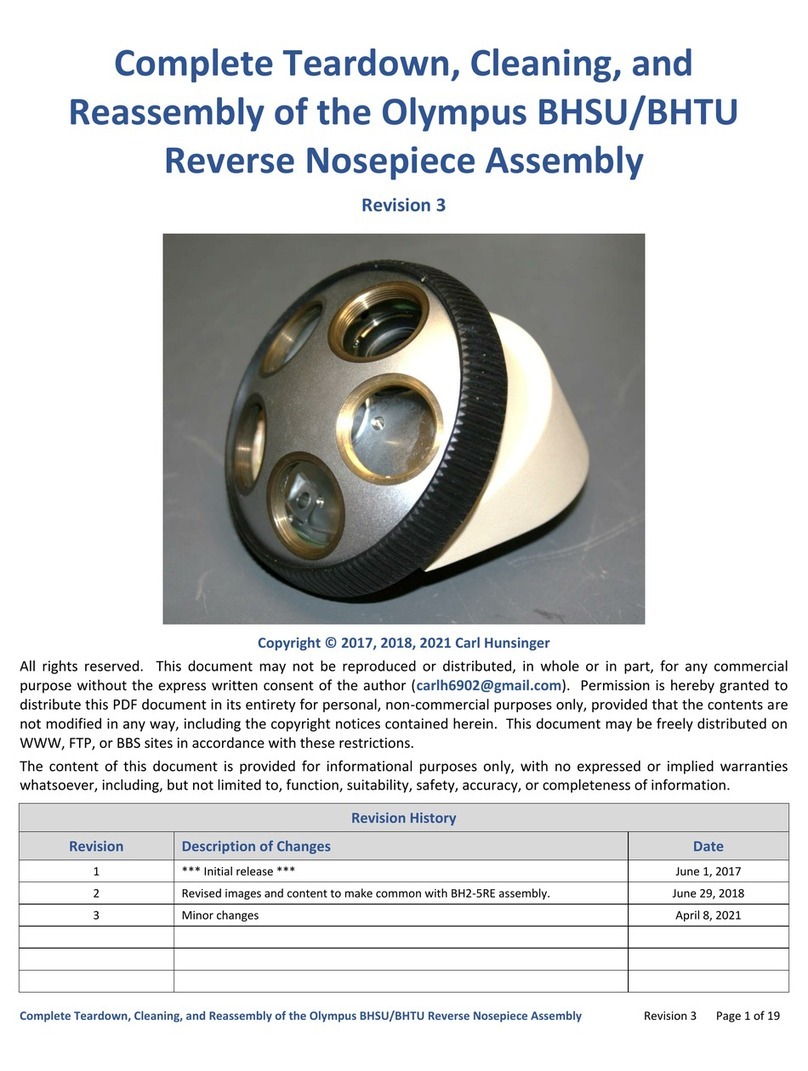
Olympus
Olympus BHSU Installation instructions

Olympus
Olympus IX70 User manual

Olympus
Olympus Pom User manual
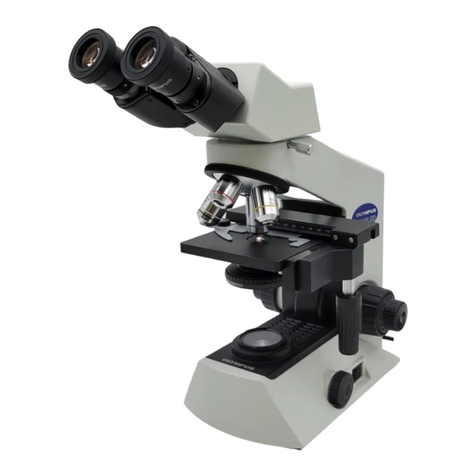
Olympus
Olympus CX21LED User manual
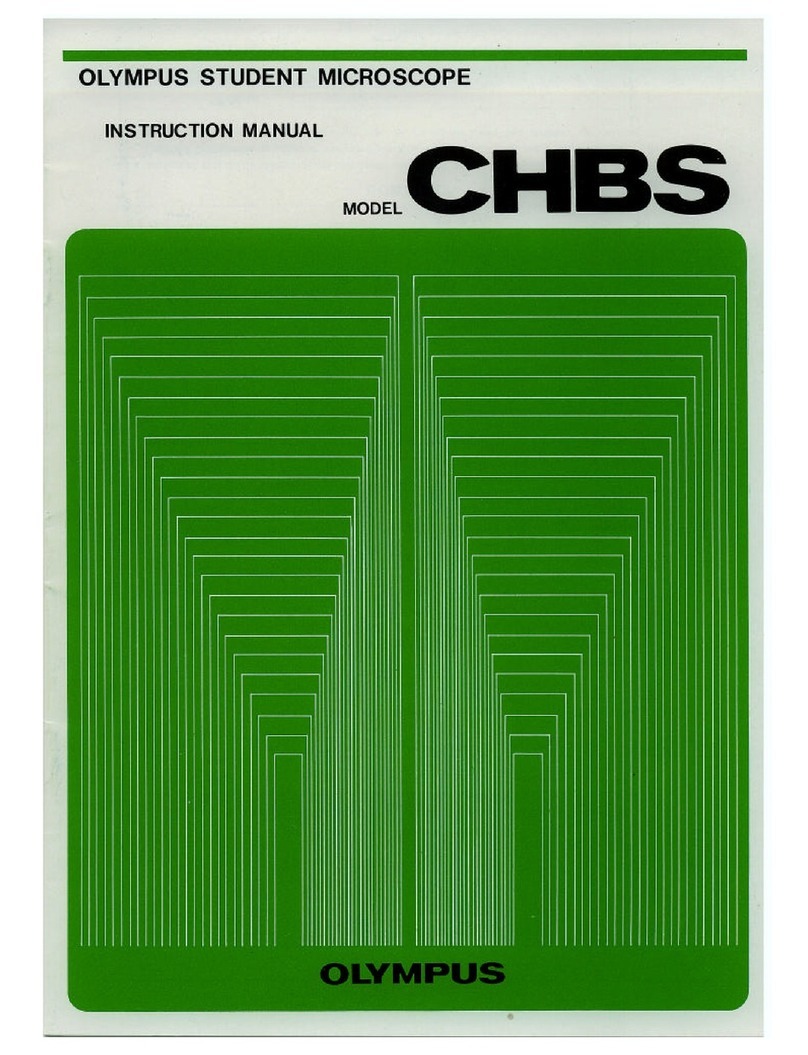
Olympus
Olympus CHBS User manual
